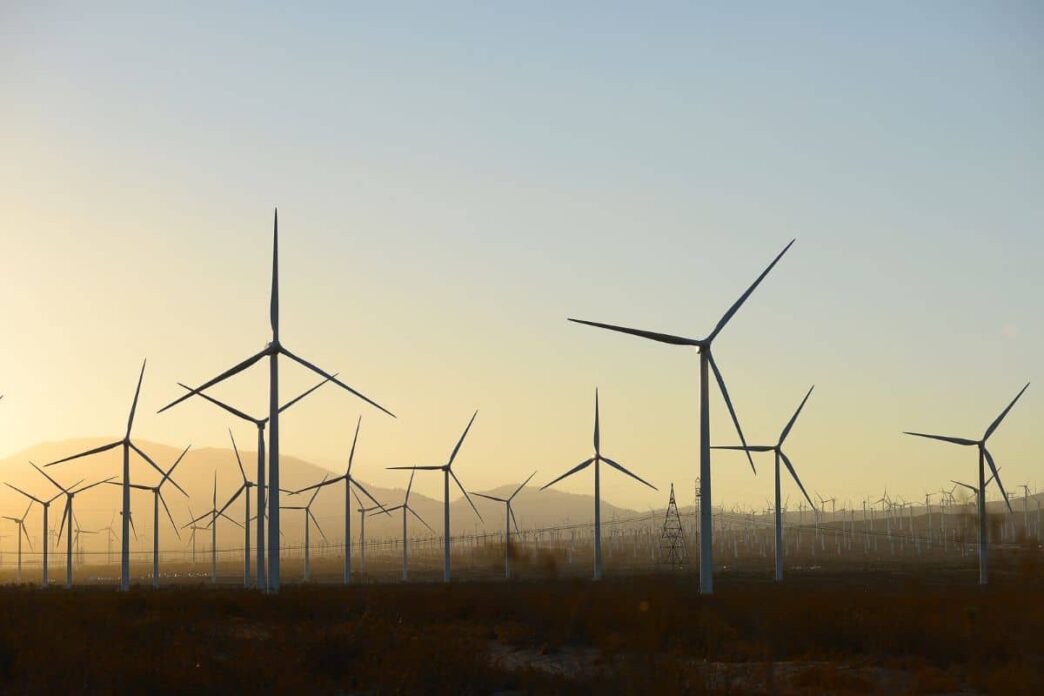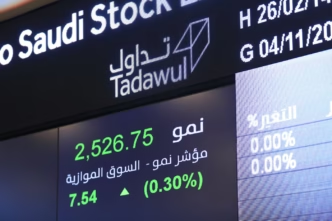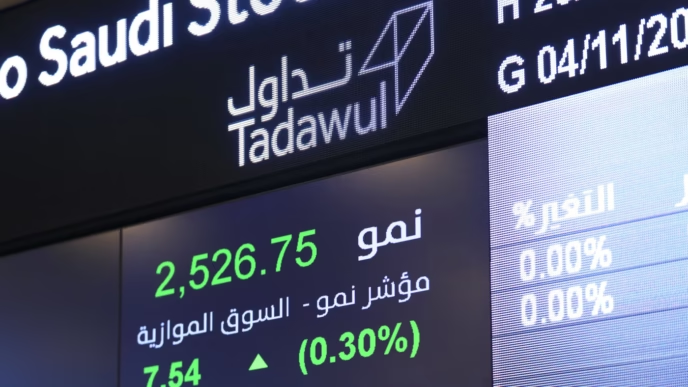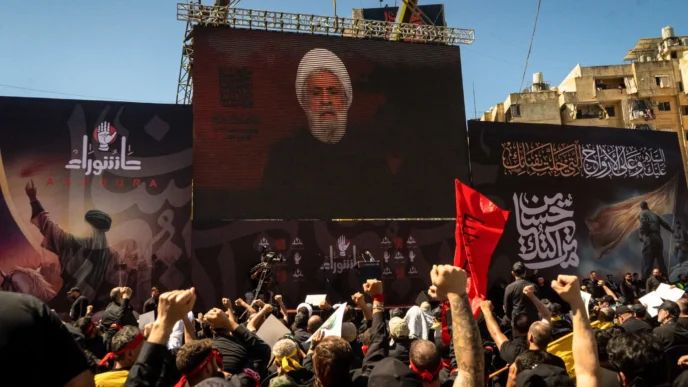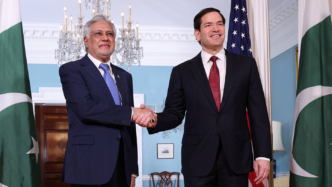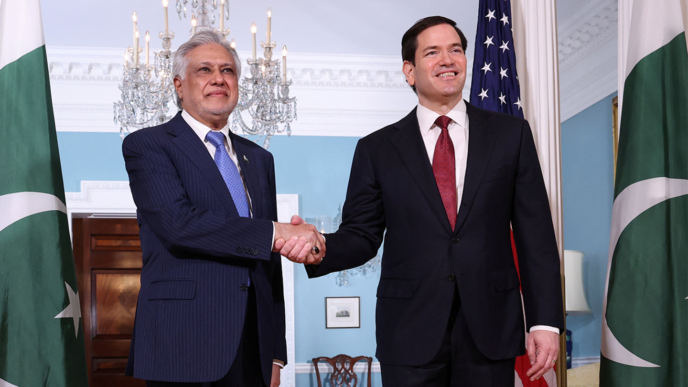Egypt is doubling down on its commitment to transform its energy sector, unveiling a bold plan to source 42% of its electricity from renewable energy by 2030—a significant leap from its current 7.8 GW of installed renewable capacity. With this ambitious target, Egypt is positioning itself as a continental leader in clean energy investment, hoping to catalyze a green revolution that could reshape Africa’s energy landscape.
Massive Renewable Projects in Motion
At the heart of Egypt’s green strategy are two flagship projects:
- Africa’s Largest Onshore Wind Farm:
Set to be a game-changer, this project will harness Egypt’s wind corridors along the Red Sea coast, significantly boosting wind energy capacity while creating thousands of jobs. - The Obelisk Solar-Battery Project:
This pioneering hybrid system integrates large-scale solar arrays with advanced battery storage, ensuring stable, round-the-clock renewable power delivery—an essential step in reducing Egypt’s dependence on fossil fuels.
Together, these projects will contribute more than 2.2 GW of renewable power, marking a major milestone in the nation’s energy diversification efforts.
Incentives to Attract Private Capital
Recognizing that public funding alone won’t meet its green ambitions, Egypt is aggressively courting private and foreign investment. The government is:
- Offering tax breaks and long-term power purchase agreements (PPAs) to renewable energy developers.
- Launching a private-to-private energy sales model, enabling businesses to trade green power directly—a move expected to attract major industrial players seeking sustainable energy solutions.
- Partnering with international financiers such as the World Bank, EBRD, and Gulf sovereign funds to de-risk investments and support infrastructure development.
Strategic Positioning for Energy Exports
Egypt’s geographic location provides a critical advantage. By expanding its renewable capacity, Egypt aims not only to meet rising domestic demand but also to export clean power to Europe, Africa, and the Middle East via cross-border transmission lines and future green hydrogen initiatives.
Industry experts believe that with its ambitious roadmap and $10 billion pipeline of green energy projects, Egypt could become Africa’s renewable energy hub, supplying clean power to neighboring markets and reducing regional carbon emissions.
Challenges Ahead
Despite the optimism, Egypt faces hurdles. Integrating intermittent renewables into its aging grid will require significant infrastructure upgrades. Additionally, attracting sustained private capital hinges on regulatory transparency and a stable investment climate.
However, with growing international pressure for decarbonization and Egypt’s proactive policy measures, analysts say these challenges are surmountable.
A Vision for 2030 and Beyond
Egypt’s vision extends beyond electricity. The country is exploring green hydrogen production, electric mobility infrastructure, and large-scale desalination powered by renewables. By 2030, Egypt hopes to be a regional model of sustainable growth, aligning economic expansion with climate goals.
As the world races toward net-zero, Egypt’s $10 billion green gamble could cement its place at the forefront of Africa’s energy transition—blending ambition, innovation, and strategic investment to power a cleaner future.



